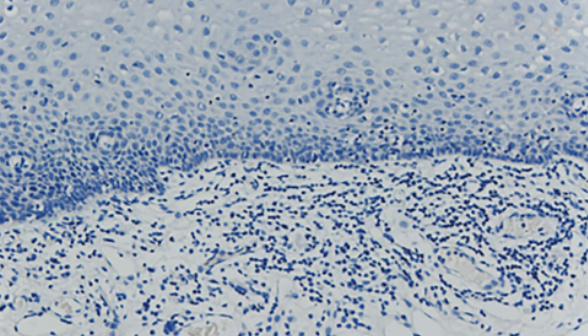Prognostic significance and immunological role of HPRT1 in human cancers
DOI:
https://doi.org/10.17305/bb.2023.9775Keywords:
Pan-cancer, hypoxanthine phosphoribosyl transferase 1 (HPRT1), immunity, cancer risk factors, prognosisAbstract
Hypoxanthine phosphoribosyl transferase 1 (HPRT1), once considered a housekeeping gene, has been identified as playing an important role in several tumors. Its role in pan-cancer, however, has not been systematically studied. This study evaluates the relationship between HPRT1 and clinical parameters, survival prognosis, and tumor immunity based on multi omics data from the Cancer Genome Atlas (TCGA) and the Gene Expression Omnibus (GEO) databases. Drug sensitivity analysis screened 16 effective drugs against HPRT1, exploring the interactions with chemicals and genes. The significance of HPRT1 in tumor immunotherapy has also been investigated. Immunohistochemistry confirmed significant differences in the expression of HPRT1 between five tumor types (colon adenocarcinoma [COAD], head-neck squamous cell carcinoma [HNSC], lung adenocarcinoma [LUAD], thyroid carcinoma [THCA], and uterine corpus endometrial carcinoma [UCEC]) and adjacent normal tissues (P < 0.05). HPRT1 competitive endogenous RNA network was constructed in HNSC. Through cytological experiments, it was verified that HPRT1 plays a carcinogenic role in HNSC and is associated with tumor cell proliferation, migration, invasion, and apoptosis. In addition, there was a significant positive correlation between HPRT1 and programmed cell death-1 (PD-1) expression in HNSC (P < 0.05). These findings suggest that HPRT1 may be a potential biomarker for predicting and treating cancer.
Citations
Downloads

Downloads
Published
Issue
Section
Categories
License
Copyright (c) 2023 Yiwen Lu, Ruixue Chen, Han Zhang, Xu Sun, Xiangjun Li, Mengyuan Yang, Xudong Zhang

This work is licensed under a Creative Commons Attribution 4.0 International License.
How to Cite
Accepted 2023-12-02
Published 2024-03-11









